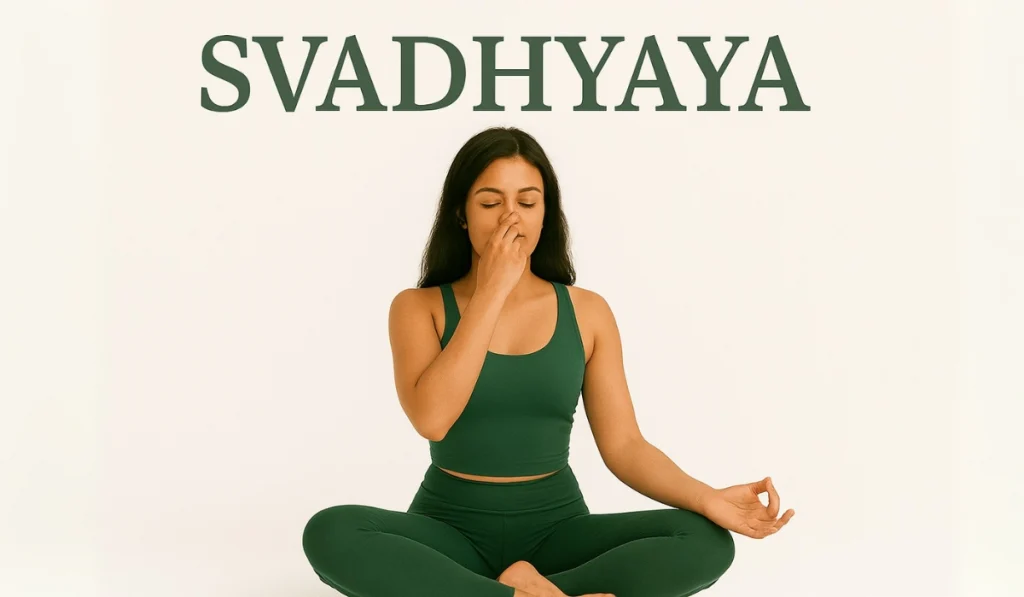Struggling with back pain or low energy? I’ve been there too. As a yoga teacher, I’ve seen many students—and even myself—feel tired, tense, or emotionally stuck.
One pose that made a big difference for me is Kandharasana, or Shoulder Pose. At first glance, it may seem simple. But don’t let that fool you—it’s powerful.
Content Navigator
ToggleFrom my years of practice and teaching, I’ve experienced how this pose opens the chest, strengthens the body, and brings mental calm.
If you’re looking for a gentle but effective yoga pose, Kandharasana could be your hidden gem. Let’s explore how it works.
What Does the Mean of Shoulder Pose (Kandharasana)?

The word Kandharasana comes from the Sanskrit language. “Kandha” means shoulder, and “Asana” means pose or posture.
This pose is also known as the Shoulder Pose because the body rests on the shoulders while lifting the hips and chest.
In simple terms, it’s a backbend pose that stretches and strengthens the back, spine, and legs. It is often used in traditional Hatha Yoga and is beginner-friendly when practiced with care.
Warm-up Exercises
Before you do Kandharasana, it’s important to warm up your body. This helps prevent injuries and makes the pose easier. Here are some warm-up exercises:
- Cat-Cow Pose (Marjaryasana-Bitilasana): Warms up the spine.
- Bridge Pose (Setu Bandhasana): A good pre-step to Shoulder Pose.
- Pelvic Tilts: Helps activate the lower back and hips.
- Neck Rolls: Loosens neck and shoulder tension.
- Leg Raises: Warms up the thighs and core.
Spend at least 5–10 minutes on warm-ups before moving into Kandharasana.
How to Perform Kandharasana (Shoulder Pose)
Follow these step-by-step instructions to perform the Shoulder Pose:
- Lie Down: Start by lying flat on your back with your arms by your sides.
- Bend Knees: Bend both knees and bring your feet close to your hips, flat on the floor.
- Hold Ankles: Try to grab your ankles with your hands. If you can’t reach, keep your arms by your side.
- Lift Hips: Inhale and slowly lift your hips and chest upward, pressing your shoulders into the mat.
- Hold: Breathe normally and hold the pose for 10–30 seconds.
- Release: Exhale and slowly lower your hips back to the floor.
- Repeat: You can repeat the pose 2–3 times.
Tip: Keep your thighs and feet parallel. Don’t let your knees open wide.
Physical Benefits
Kandharasana is great for your body. Here are some physical benefits:
- Strengthens the Back: It tones and strengthens the lower back and spine.
- Opens the Chest: Helps improve breathing by opening the chest and lungs.
- Improves Posture: Supports better alignment and reduces slouching.
- Tones the Thighs and Buttocks: Engages leg and glute muscles.
- Relieves Back Pain: Gently stretches the spine to ease tension.
- Boosts Digestion: Presses the abdominal area and stimulates digestion.
I often recommend this pose to my students with weak backs or who sit a lot during the day.
Mental Benefits
This pose doesn’t just help the body—it calms the mind too:
- Reduces Stress: Slows down the breath and eases anxiety.
- Improves Focus: Helps clear the mind and sharpen attention.
- Boosts Mood: The chest opening may increase oxygen and positive energy.
- Promotes Sleep: Practicing in the evening helps relax the nervous system.
When I feel mentally foggy or overwhelmed, I spend a few minutes in Kandharasana to feel grounded again.
Variations and Modifications
Everyone’s body is different. Here are some ways to modify or deepen the pose:
- For Beginners: Place a yoga block under your lower back to support the lift.
- For Tight Shoulders: Keep your arms by your sides if you can’t reach your ankles.
- For Advanced Practitioners: Interlock the fingers under the back for a deeper stretch.
- To Add Challenge: Try lifting one leg while in the pose for extra balance work.
Always listen to your body and never force yourself into discomfort.
Safety Precautions
While Kandharasana is a gentle pose, there are a few things to keep in mind:
- Avoid if Pregnant: This pose puts pressure on the belly.
- Neck Issues: Be careful if you have neck pain—don’t turn your head during the pose.
- Back Injuries: Speak to a doctor or yoga teacher before trying this pose if you have spine problems.
- Warm-Up Is Key: Never skip warm-ups—it reduces the risk of injury.
- Support Props: Use yoga blocks or folded blankets if needed.
Remember: yoga should feel good, not painful. Stop if anything feels wrong.
Final Words
Kandharasana or Shoulder Pose is one of those quiet, underrated poses that offers big rewards with minimal effort.
As someone who teaches yoga daily, I’ve seen how this pose helps my students feel stronger, lighter, and calmer—both physically and emotionally. Whether you’re just starting yoga or you’re experienced, this pose has something to offer.
If you’re looking for a pose to support your spine, boost your mood, and add peace to your day, give Kandharasana a try. Start slow, breathe deeply, and let this pose be your path to better balance in body and mind.
Sources:
Health Benefits of Kandharasana – Health Benefits of Shoulder stand pose. (n.d.). arogyayogaschool
Yogshala, R. (2025, March 4). Top 7 Incredible Health Benefits of Kandharasana (Shoulder Pose) | Boost Strength & Flexibility. Rishikul Yogshala.
Guruji. (2024, December 4). Kandharasana – YogPlan. YogPlan.
















